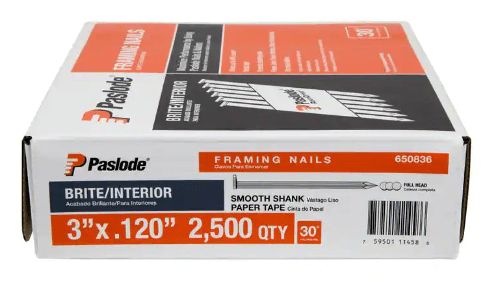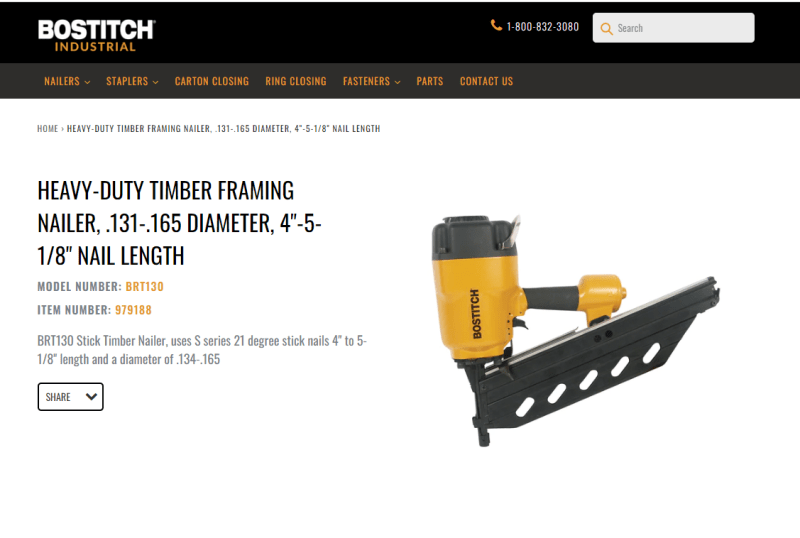Aesur
Structural
- Jun 25, 2019
- 859
Recently we have been getting RFI's and substitution requests regarding 16d common nails (0.162x3 1/2) not having nail gun options. Typically they are asking to use 16d Sinker nails (0.148x3 1/4) which is roughly equivalent to a 10d common for capacity. 16d common nails have been used for as long as I can remember, and I understand that every 10 or so years this becomes an issue and it seems to never be resolved. I understand the contractor's issue with finding a nail gun that supports 16d common, however the engineering standard of care appears to be and has been for as long as I can remember that 16d are the standard. I believe even the IRC requires 16d for most non-shearwall/diaphrgam connections, the IBC wood section has options for 16d and others for misc connections. This is also becoming an issue with Simpson hangers which I believe is why they started specifying actual nail diameter and length to prevent the wrong nails being used.
This being said, I'm curious what others are seeing, or if anyone else has any insight or links to nail guns that work with 16d common nails.
This being said, I'm curious what others are seeing, or if anyone else has any insight or links to nail guns that work with 16d common nails.


